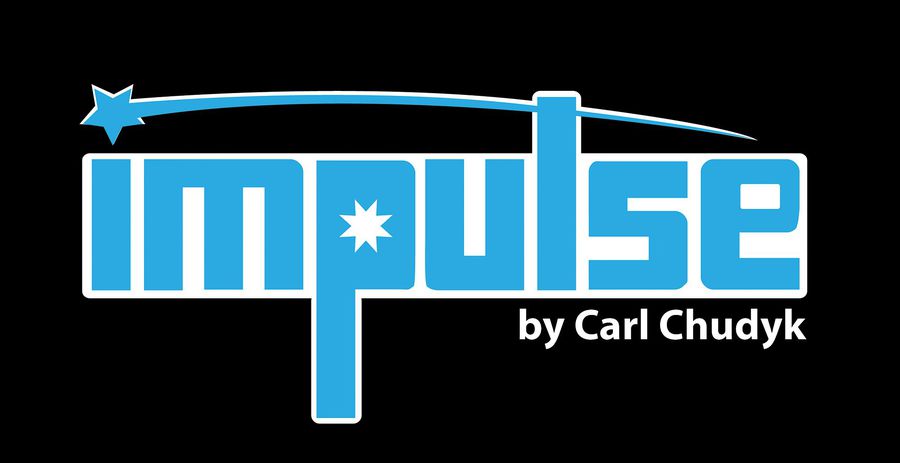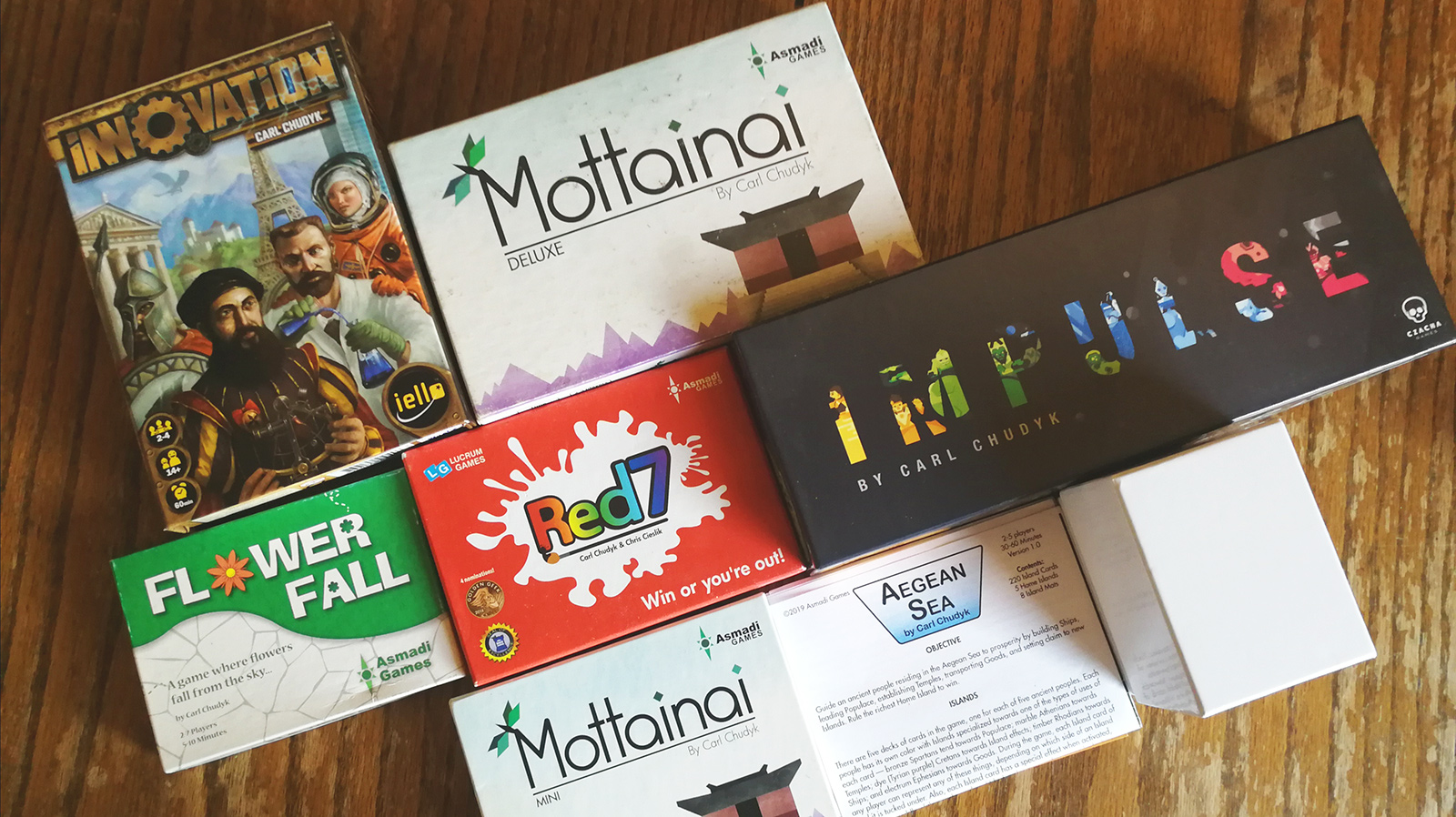Ava: Welcome to an occasional series introducing you to a single, storied game designer. Today I want to tell you about the games of a man called Carl.
Certain designers have a set of obsessions that shine brightly when you put all their work together. There’s a pattern of passions that unite their work. Carl Chudyk is my my board game design crush, and it’s because he ploughs a furrow that nobody else could. His games are relics from a weirder, smarter world. He builds layered puzzle-systems where possibilities multiply at every turn. They’re challenging to learn, but a delight to wrangle.
It’s odd though. I struggle to recommend them to people, even though they’re my favourites. I don’t like to push people into an experience that might feel horrible the first time round. It’s like asking someone to dive into a river that will be cold until they adjust.
But I want to talk about Carl Chudyk anyway. Once you’re swimming with him, you’ll find something you couldn’t get anywhere else. You’ll open tiny boxes and find yourself tucking ideas under possibilities and watching your table turn into a sea of systems. You’ll still be finding surprises on your hundredth play.
You’ll get stories. Stories of the time a game felt different to anything else.
These aren’t reviews. There’s no time for that.
Instead I’m going to dissect a few games, pull out a few gutsy details, and see if I can read in the entrails why Carl is the way he is. Why he fills me with wonder and what makes me scream. Take a deep breath. It’s a fast river, you might not be able to get out.


